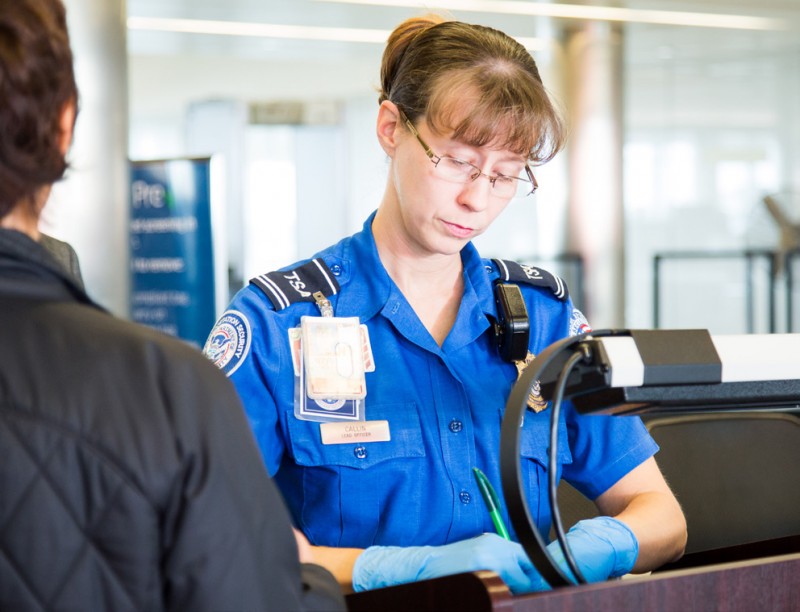Passed by Congress in 2005, the REAL ID Act established minimum security standards for state-issued driver’s licenses and identifcation cards and prohibits federal agencies, like TSA, from accepting licenses and identification cards for official purposes from states that do not meet these standards.
Enforcement Dates
Beginning January 22, 2018, driver’s licenses or state IDs issued by states that are not in compliance with the REAL ID Act and have not been granted an extension by DHS may not be used to fly within the U.S.
Beginning October 1, 2020, every traveler will need a REAL ID-compliant license or state ID or another acceptable form of identifcation to fly within the U.S.
When Flying…
If your state is compliant:
• You may continue to use your state-issued driver’s license or ID to fly in the U.S. until October 1, 2020.
• Beginning October 1, 2020, you may only use a REAL ID compliant driver’s license or ID or another acceptable form of identification for domestic air travel.
If your state is not compliant:
• Beginning January 22, 2018, you may continue to use your state-issued driver’s license or ID for domestic air travel only if your state has been granted an extension to the compliance deadline by DHS. If your state has not been granted an extension by DHS you may not use your state-issued driver’s license or ID for domestic air travel.
• Beginning October 1, 2020, you may not use your state-issued driver’s license or ID for domestic air travel.
Recommendations
1. Check your state’s status: You can check if your state is REAL ID compliant at dhs.gov/real-id-enforcement-brief. Beginning January 22, 2018, travelers from non-compliant states will not be able to use their driver’s licenses or state IDs at TSA checkpoints, unless the state received an extension to comply.
2. Read the frequently asked questions: For clari cation on what the REAL ID Act means for you, visit dhs.gov/real-id-public-faqs or tsa.gov and search “REAL ID”. If you have questions about what is considered acceptable identification, you may call the TSA Contact Center at (866) 289-9673 or email [email protected].
3. Prepare for the checkpoint: If you are concerned that your state-issued driver’s license or photo ID may not be accepted by TSA beginning January 22, 2018, apply for an alternative identification document well ahead of your planned travel dates. Ensure you have an acceptable ID and boarding pass ready before arriving at the airport. Refer to the current list of acceptable IDs below or at tsa.gov/travel/security-screening/identification:
- Driver’s licenses or other state photo identity cards issued by Department of Motor Vehicles (or equivalent) in accordance with REAL ID enforcement schedule described above.
- U.S.passport
- U.S.passport card
- DHS trusted traveler cards(GlobalEntry, NEXUS, SENTRI, FAST)
- U.S.militaryID(active duty or retired military and their dependents, and DoD civilians)
- Permanent resident card
- Border crossing card
- DHS-designated enhanced driver’s license
- Airline or airport-issued ID (if issued under a TSA-approved security plan)
- Federally recognized, tribal-issued photo ID
- HSPD-12 PIV card
- Foreign government-issued passport
- Canadian provincial driver’s license or Indian and Northern Affairs Canada card
- Transportation worker identification credential
- Immigration and Naturalization Service Employment Authorization Card (I-766)



